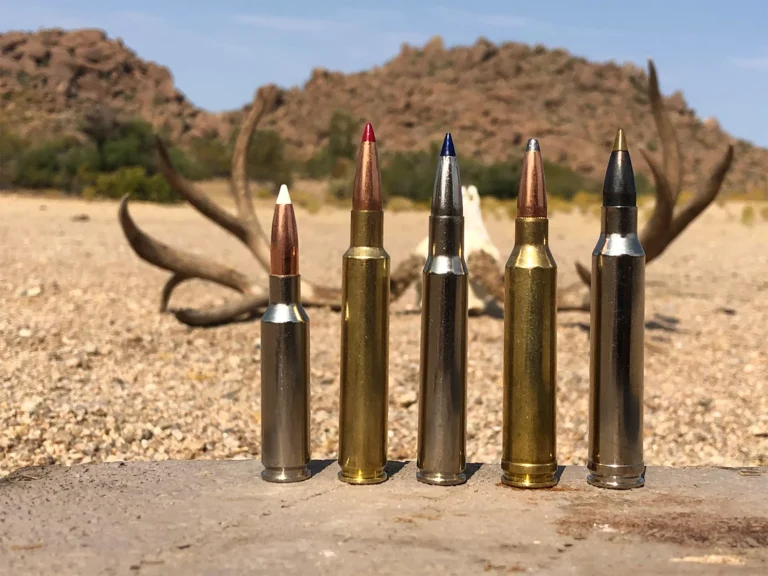Hunting is one of the best hobbies in existence. Yes, it has a lot of adversaries, but it persists. Why? Well, it is one of the rare bonds that men still have with nature. But, to be successful in it you’ll need the proper equipment. Ammo is vital for any hunt you want to be a success. There is plenty to learn and know about hunting ammo. It is not enough just to take the rifle and take the shot. You need to know more details. Do not go hunting unprepared.
We are here to help you understand the basics of bullet types and calibers. If you’re into hunting you will find this article interesting. Ammo is almost as interesting as the rifle or a gun itself, and if you want to know more visit this site and educate yourself further. For starters, you can stick with us for a couple of more paragraphs, and check out our view on bullets and calibers. As we said, this is a subject where everyone can learn a lot. After all, you shouldn’t be heading to the forest without knowing the basics about your ammo.
Size and Caliber of Bullets
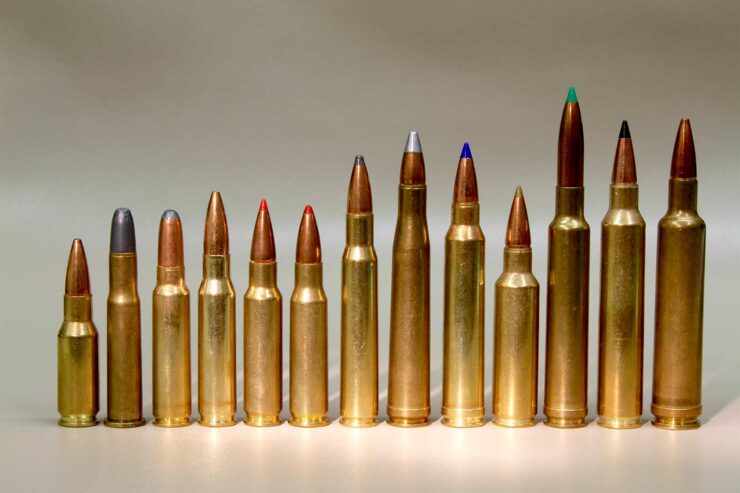
Whether you’re using a gun or a rifle one thing is clear. There is an abundance of bullets. Ammo comes in all shapes and sizes. You need to learn which bullet first, which rifle or a gun. The best way to learn this is to learn a few things about ammo. When we talk about caliber we talk about the diameter of a barrel. Depending on the area of the world where you live it is usually measured in mm and inches. While we usually call them bullets, this terminology is not entirely on spot. The metal projectile is called a bullet. That much is clear. But the entire package that makes it go bum is called a cartridge. Now that you know the basics we’re going to divulge some of the details, and we are going to start with rimfire and centerfire cartridges.
The Centerfire cartridge is easy to spot. Just look at the bottom of the projectile. If it has a circle located in the middle you got yourself a centerfire cartridge. On the other hand, we have the rimfire cartridge where the primer is located on the rim of the projectile. If you’re a new hunter and don’t have the cash for heavy investment, you’ll be glad that a rimfire is a cheap option. It gets the job done. It is one of the most popular calibers out there and the best seller goes by the name .22LR.
Bullet Caliber Standard
As we said, when it comes to caliber what matters is the diameter. It is a bit confusing. It often varies between inches and millimeters. But, that’s not everything. Have you heard about grain? It is also a bullet measurement. It refers to its weight. You use it when the bullet is fully formed and contains gunpowder in it. We are talking about very small measurements. To make a pound you’ll need 7 thousand grains. Now that you know this much, let us take a look at some of the most popular calibers.
.22 LR
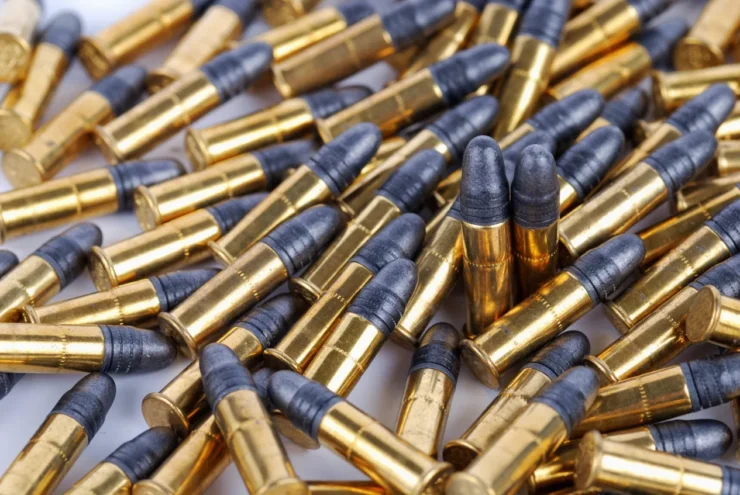
We already mentioned this one. A very popular one. It is quite common, the best seller, and with 22 your long rifle will work like a charm. The weight of this bullet is between 30 and 40 grains. It is used as both gun and rifle ammunition. If you’re a rookie with guns and rifles this should be your choice due to the -recoil policy. These bullets have almost none. In addition to the low price we also mentioned these bullets produce no noise. A perfect match for those who like to shoot but don’t like the loud product of guns and rifles. Because of their size, weight, and power, these bullets are usually used to hunt smaller animals. Mostly birds.
.380 ACP
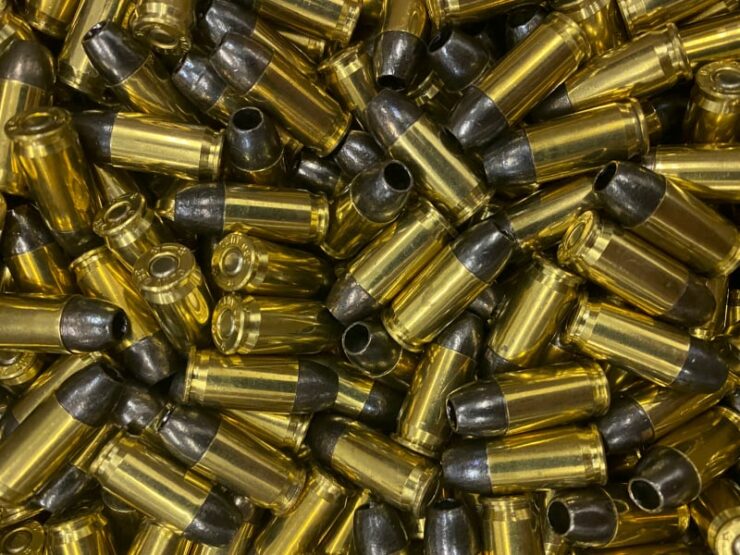
Let us take things up a notch. For those with a little bit of experience with guns, this is the starting point. A bullet that’s often referred to as 9mm short is a rather popular caliber. It fits many smaller guns and thus it found its way to the hearts of many customers. If you want a bullet that has good penetration, low noise, and is great for the close range this is it. It’s low on gunpowder so you shouldn’t expect too much power, but in most situations it gets the job done.
9mm
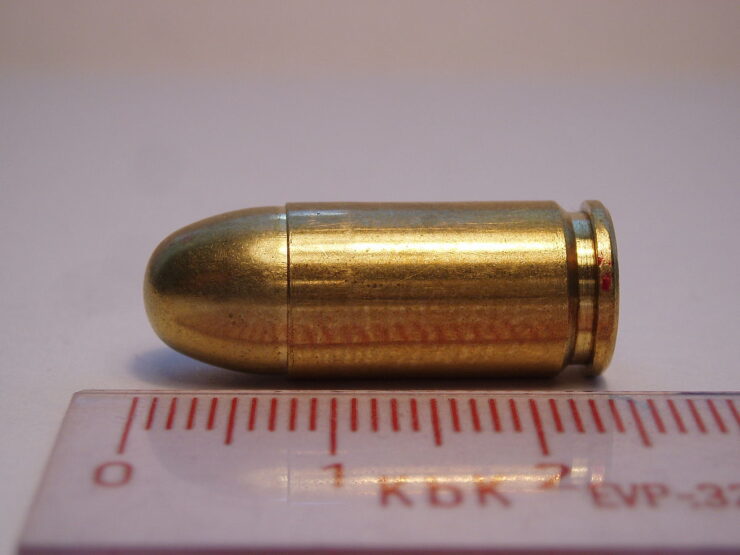
Quite a famous caliber. You know the Nicholas Cage film? This one goes under the aliases 9mm Luger or 9×19 Parabellum. For those acquainted with all sorts of bullets, this is a clear-cut 9mm. It’s good enough for the range and the open waters. Whatever suits your needs. You know that it fits the description of a standard bullet when it’s used by police all over the world.
Bullet Types
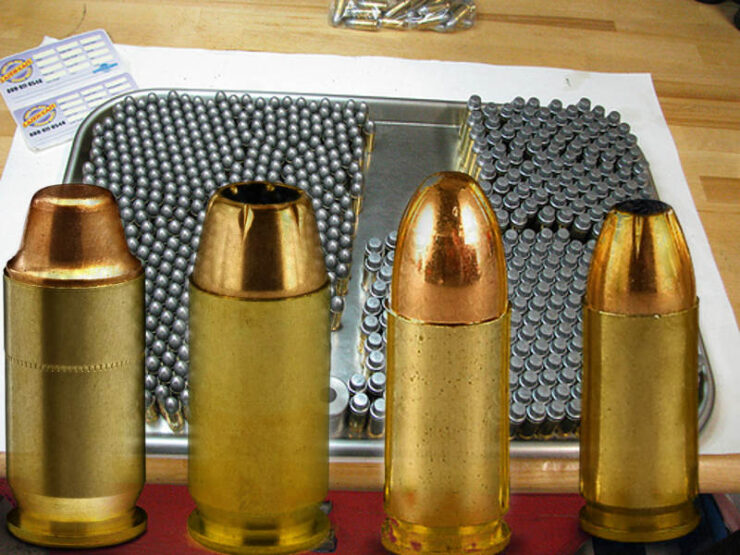
What you have above are a few standard calibers. Now let’s take a look at bullet styles. We are going to start with one famous type. This one is from a Stanley Kubrick movie.
• FMJ – yes, we’re talking about full metal jacket bullets. They’re recognizable by a soft lead core as their inner part and hard metal on the outside. If you seek penetration this is your bullet.
• HP – here we have bullets with a hole on the top, thus the name hollow point. With a hollow point and lead material used for its creation, this one causes damage to both the target and far beyond it.
• JHP – a unique combo called jacketed hollow point. A powerful bullet. It is a combination of the two bullets from above. It is usually used for self-defense, but it can be also used as assault ammo if need be.
• SJHP – we are continuing with combo ammunition. This one is set somewhere in between. The semi-jacketed hollow point is what you think it is. Hollow point but a jacketed core to an extent.
Conclusion
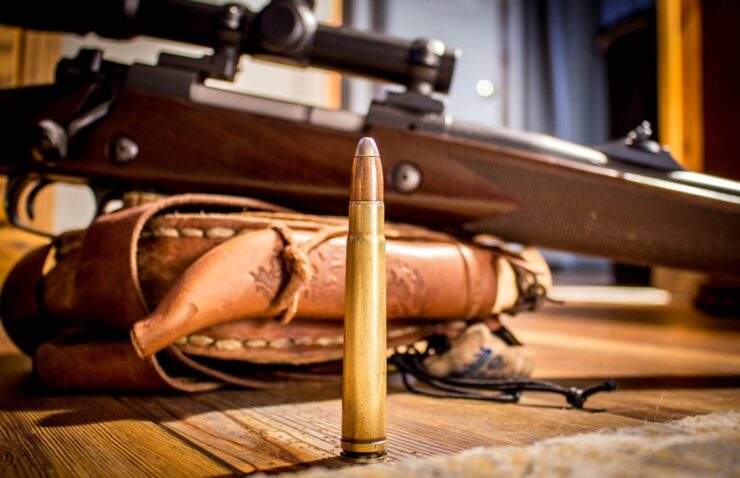
We could go on, but the lesson would be too broad. For the beginner’s lessons this should suffice. You now know the basics of ammo for hunting and some other purposes.

